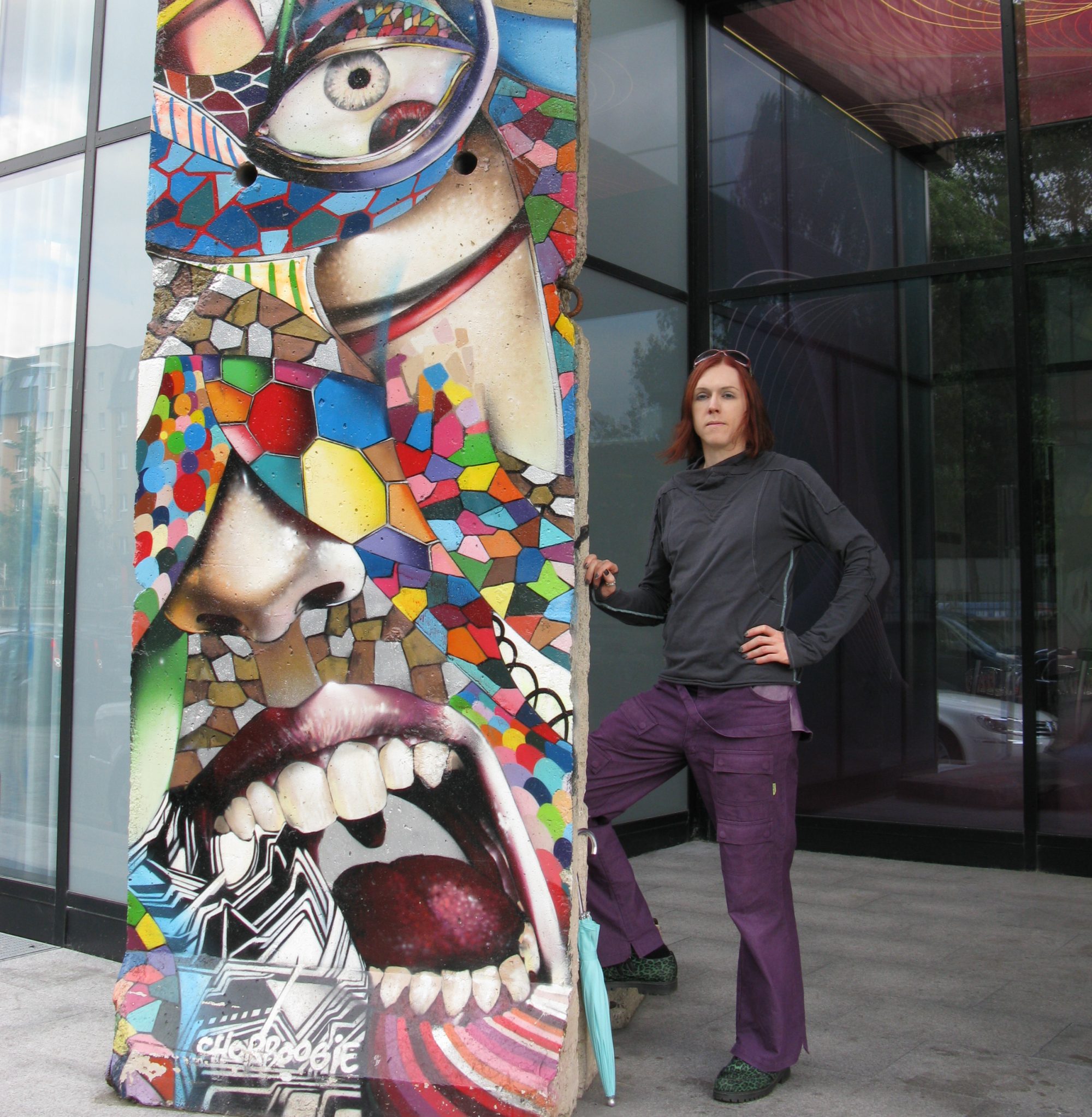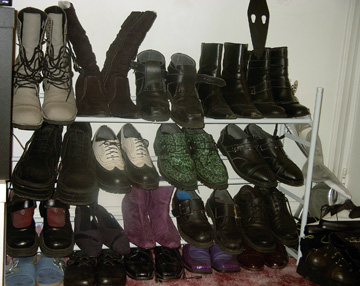When I hit the early teenage years, I was often made fun of for being so “hairless,” and “like a girl” (especially my legs which wore shorts for Track & Cross-country sports). I did have some hair on my legs, but it was fine, sparse and very light blonde, nearly invisible. I didn’t have to shave my face (nor my armpits) at all until I was 16 and then only but once a week. By the time I turned 18, I had a bit more hair on my face, needing to shave almost every day, but by then I’d gotten so used to being nearly hairless that I liked it. And of course, I was by then exploring my femininity. So I wasn’t exactly thrilled with the extra hair growth and did my best to keep it in check.
As I moved into my early 20s, every year seemed to bring more hair and darker hair and by then I really had to shave my face every day and even had a little stubble at the end of the day. Even my leg hair got much darker. In my mid-20s, I was cursing internally every day in the shower because I really hated having to shave my face, which felt like such an irregular shape for a flat blade to go over (especially my neck and below my chin which never had more than 2 or 3 hairs until recently), but not as much as I hated having hair there, especially now that much of it was brown and some of it black. So I started fantasizing about laser surgery to get rid of the hair. And I started talking about it a lot until my then-girlfriend did some research for me (I was nervous to try and find a laser person who takes men). She talked to several places and some didn’t want to or didn’t seem to know about doing men and several others told her that with my skin type (pale) and light hair, I would be a bad for that. She ended up with the impression that electrology was the way to go and she bought me an intro session to try it out.
Not knowing much and more than a little scared, I arrived at the salon for the first time and met the electrologist. Continue reading “Cooking with lasers; forgiveness and depilliation”

